March 2020
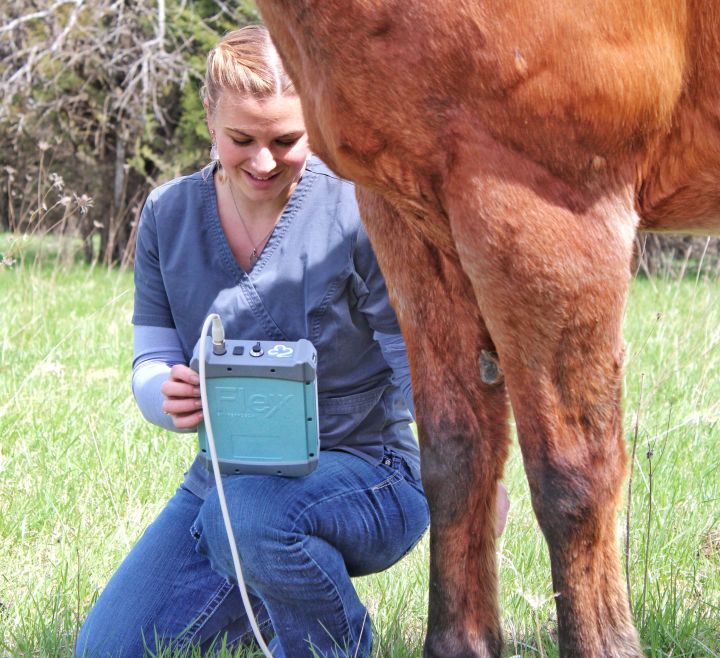
Equine Flexor Tendon Ultrasound
There are three indications for tendon ultrasound in the horse: screening for historic injuries, monitoring progress of an injury, and evaluating tendons and ligaments because of a lameness localized to that limb. For the most part, this means that either during the examination process, or at a previous examination, you will have used a lameness exam and other modalities to localize the site of your examination. Often times, it may be desirable to ultrasound the corresponding sites on the opposite limb as compensatory lameness can occur due to excess stress on the tendon.
January 2020
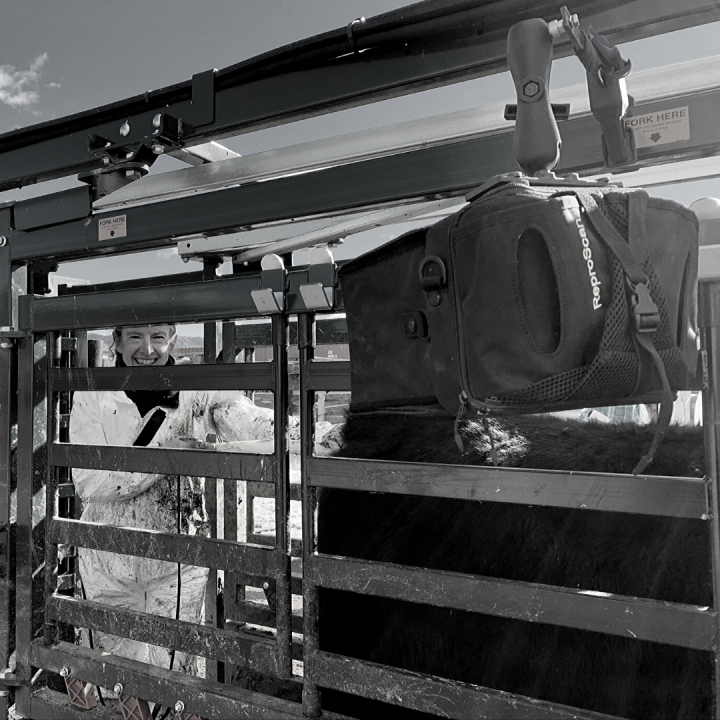
Real ReproScan Dr. Leslie Harrison
She drives ¾ ton Chevy all over the mountain passes in central Colorado. If only vet trucks could talk! As many of you know, vet trucks are a rolling storyboard. In Dr. Leslies case the truck is the mobile clinic, equipment storage facility, heater, closet, Cora (her trusty sidekick) limo, and many times a teaching or mentoring office. Each scratch or dent represents her kind heart to help those with a passion for vet school, a time when the truck became a true multipurpose tool or a tired oops.
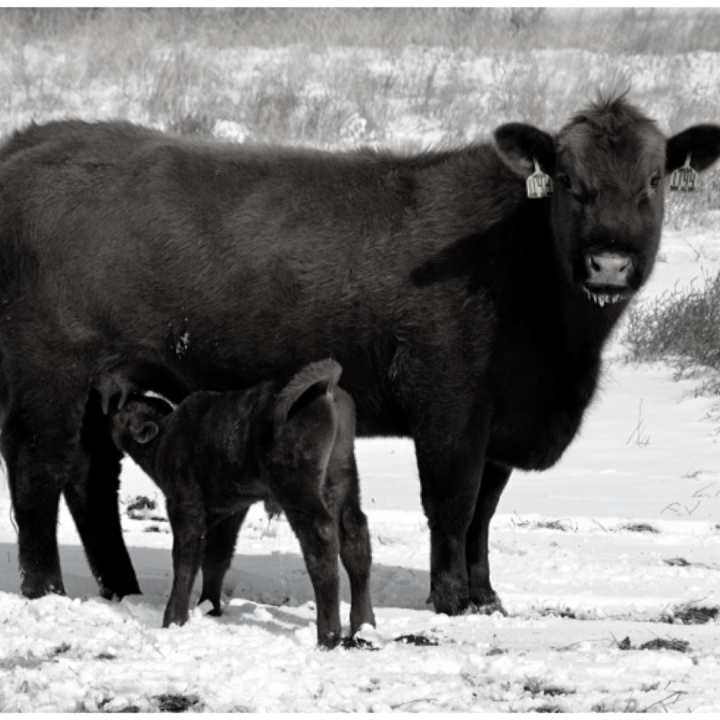
Late Season Pregnancy Checks
As ranchers find innovative ways to reduce winter feed costs such as bale grazing and corn stock grazing, the pregnancy testing season gets extended. When the cows finally get near the corrals for pregnancy testing, the person doing the ultrasound work should be ready for some additional challenges: Challenges for late season ultrasound scanning include: 1. The weight of the fetus and fetal membranes causes the uterus to drop lower into the abdomen.

Reproductive Management of Sheep and Goats With ReproScan Equipment
Probe Considerations for Small Ruminants C60 3.5 MHz T-handled probe units ReproScan ultrasound equipment with C60 probes are ideal for sheep and goats. The C60 probe gives a depth of scan over 20 cm which is necessary for view the fetus and uterus. The T-handle is comfortable to hold and allows the person to press the probe deep into the inguinal area for better contact and targeted scanning. 4.0 MHz convex rectal probe units.
October 2019
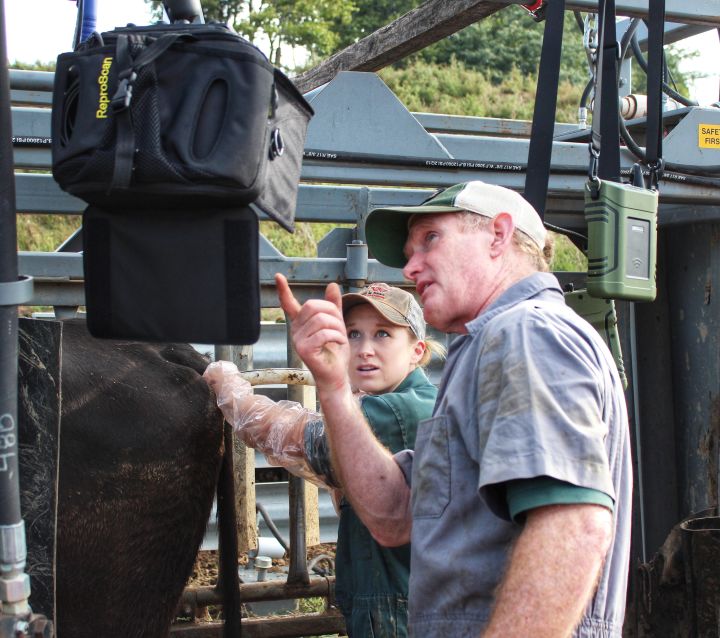
Mounting with Ram Mount® Equipment Mounts
The ReproScan 2.0 Monitor was specifically designed to work with Ram Mount mounting equipment. Clients that adapt the Ram Mounts to their ReproScan equipment are very pleased with the results. The advantages of using the Ram Mount equipment include: 1. The ultrasound unit and monitor are up out of the way and therefore safer. 2. The monitor to be positioned exactly so the image is easy to see and clearer.
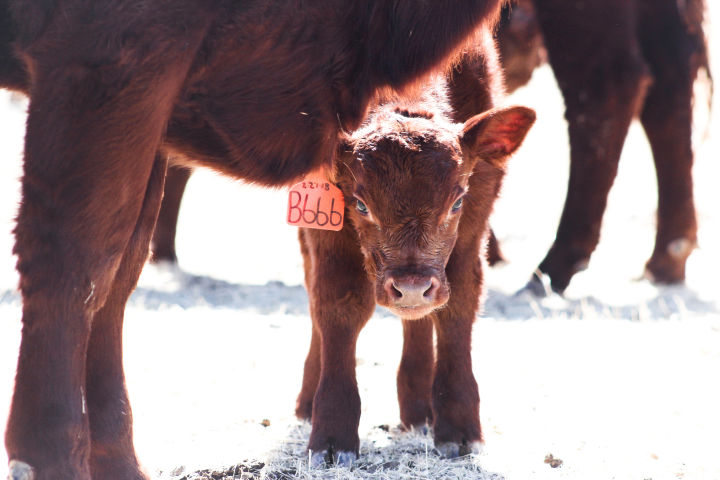
Considering Efficiency
The beef industry is built on a platform of efficiency; cow-calf operations, stockers, and feed yards all strive for efficiency. For cow-calf producers, reproductive efficiency is the key to success. Many ranches are currently utilizing ultrasound technology to increase their efficiency. In recent years ultrasound technology has greatly improved, offering simpler and more affordable options for both producers and veterinarians. Producers and veterinarians alike can greatly benefit from the implementation of convex probe extension arm ultrasound technology.
August 2019
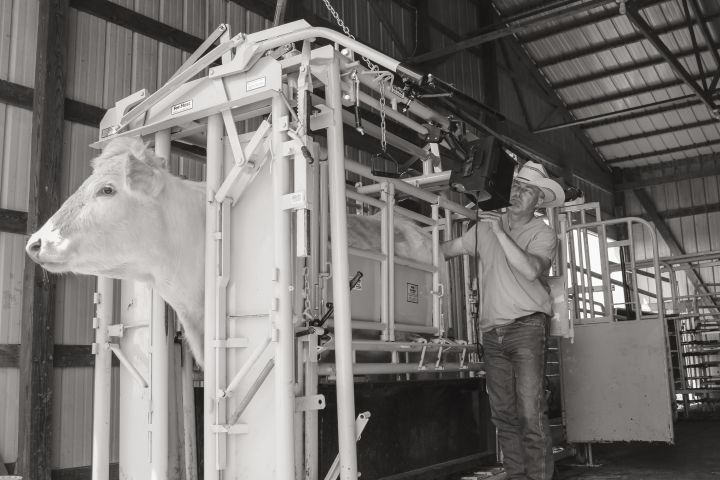
Viewing Device Considerations
Monitor versus Goggles for Bovine Reproductive Ultrasound – the debate continues! Advantages of the ReproScan 2.0 Monitor Diagnostic Image Quality – The ReproScan 2.0 monitor offers great image quality due to advanced design and internal processing of the ReproScan 2.0 monitor display. Safety - using a monitor enhances personal safety by improving peripheral vision. Awareness of one’s surroundings should be a goal in everyday life and especially chute-side where too many accidents have occurred in the past.
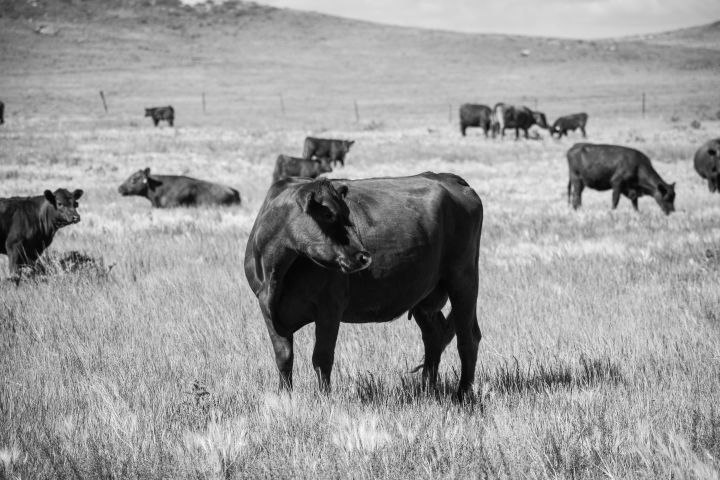
Preg Checking Check List
It’s time to get ready for preg checking season and here is a list of things to consider: Your ReproScan Equipment: Charge your batteries in your XTC or BoviScan Curve and monitor. Connect your equipment and turn it on. Ensure that batteries, connectors and cables and chargers are all in good shape. Run the equipment for several hours to make sure that your batteries will give you the time you need at the chute.
July 2019
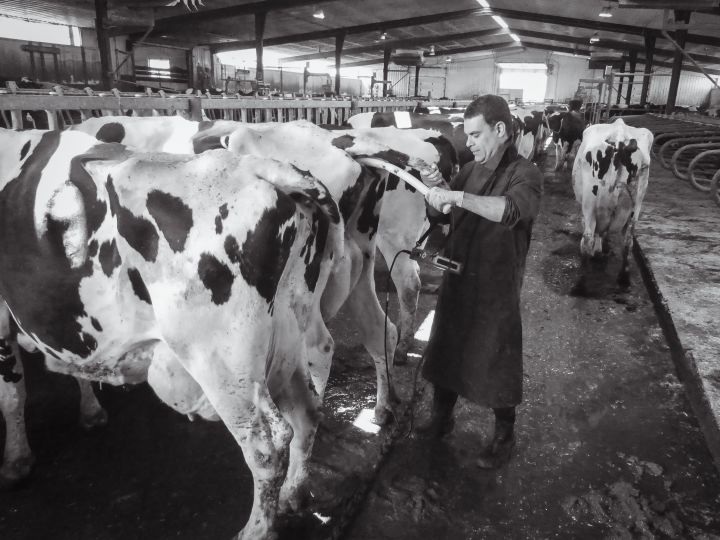
Dairy
ReproScan ultrasound equipment provides solutions for all the challenges of dairy cattle reproductive ultrasound. When selecting ultrasound equipment for dairy cattle reproductive examinations, one needs to consider many factors. Early Pregnancy Diagnosis A presumptive diagnosis of pregnancy can be made as early as 25 days. This diagnosis is based on the presence of clear uterine fluid and a functional Corpus Luteum greater than 20 mm on the same side as the fluid.
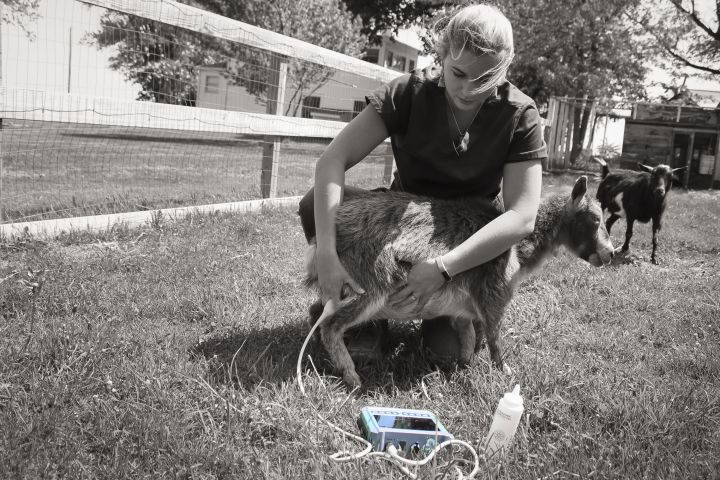
Small Ruminants
Small Ruminants (Camelids, Sheep, Goats, Deer, Elk) Llamas, alpacas, sheep and goats can be pregnancy tested with ultrasound equipment. The best equipment to use will depend on the stage of gestation and the method that you wish to use. Alpacas and llamas can be pregnancy tested with “arm in animal” between 30 and 90 days after breeding similar to a cow if one’s arm is small enough. Extension arm ultrasound can be used in alpacas and llamas.